
Published by iBooks an imprint of J. Boylston & Company, Publishers
Produced by Byron Preiss Visual Publications, Inc.
Copyright 2003 Byron Preiss Visual Publications
International copyright reserved in all countries. No part of this book may be reproduced in any form without written permission from the publisher.
Photography copyright 2002 by HistoryPictures.com
Library of Congress Cataloging-in-Publication Data Klam, Julie.
From D-Day to V-E Day/ by Julie Klam.
v. cm. (World War II chronicles; bk. 5)
Contents: The war in the east D-Day Operation Cobra The commanders Exploiting the U.S. First Army breakout from Normandy Operation Dragoon: the liberation of the south of France Liberation of Paris Battle of the Hrtgen Forest Operation Market-Garden The liberation of Italy Battle of the Bulge Capture of the Remagen bridge Rhine river crossings Pattons Third-Army drive through Germany to Czechoslovakia Liberation of concentration camps: the Holocaust The drive to Berlin The link-up of American and Soviet forces at Torgau, Germany V-E Day Epilogue: war crimes trials at Nuremburg and the Marshall Plan.
1. World War, 1939-1945CampaignsWestern FrontJuvenile literature. 2. World War, 1939-1945Campaigns Eastern FrontJuvenile literature. [1. World War, 1939-1945CampaignsWestern Front. 2. World War, 1939-1945
D756.7.K53 2002
940.542dc21 2002017702
July 2017
CONTENTS:
INTRODUCTION
World War II was the greatest conflict of the 20th century. Fought on every continent except Antarctica and across every ocean, it was truly a world war. Like many other wars, over time it evolved. Modern technology and strategic advancements changed the rules of combat forever, allowing for widespread attacks from the air, the ground, and the sea.
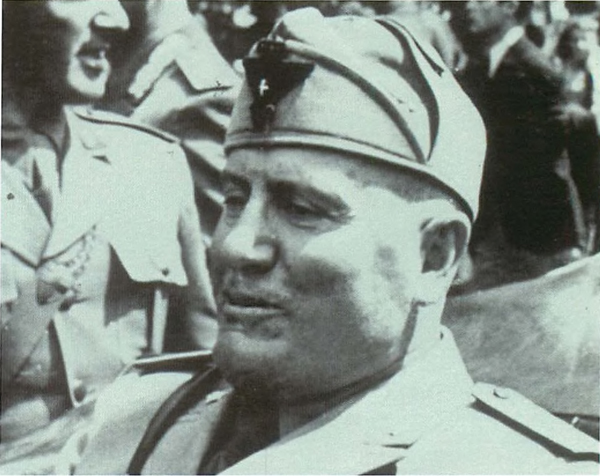
 Benito Mussolini
Benito Mussolini
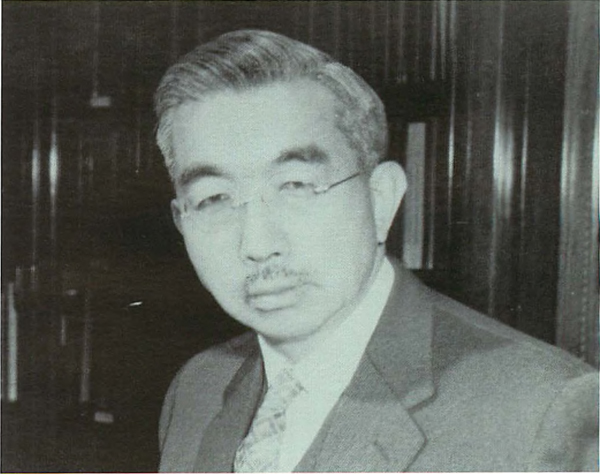
 Hirohito
Hirohito
For the Chinese, the war began in 1931, when Japan invaded northeastern China. When Germany invaded Poland in 1939, Europeans were dragged into the fray. Americans did not enter World War II until December 7, 1941, when Japan attacked Pearl Harbor, Hawaii.
World War II pitted two sides against each other, the Axis powers and the Allied countries. The main Axis nations were Germany, Japan, and Italy. The Axis powers were led by Chancellor Adolf Hitler, the head of the Nazi Party in Germany; Premier Benito Mussolini, the head of the Fascists in Italy; and Japans Emperor Hirohito and the military government headed by Prime Minister Hideki Tojo. The Allies included Britain, France, the Soviet Union, China, and the United States. The leaders of the Allies were Britains Prime Minister Winston Churchill, who had replaced Neville Chamberlain in 1940; General Charles de Gaulle of France; the Soviet Unions Marshal Josef Stalin; Chinas Generalissimo Chiang Kai-shek; and Franklin Delano Roosevelt, the president of the United States. The two sides clashed primarily in the Pacific Ocean and Asia, which Japan sought to control, and in the Atlantic Ocean, Europe, and North Africa, where Germany and Italy were trying to take over.

 Adolf Hitler addresses the Reichstag.
Adolf Hitler addresses the Reichstag.
World War II finally ended in 1945, first in Europe on May 8, with Germanys total capitulation. Then, on September 2, the Japanese signed the document for their unconditional surrender after the United States had dropped two atomic bombs on Japan. World War II left 50 million people dead and millions of others wounded, both physically and mentally.
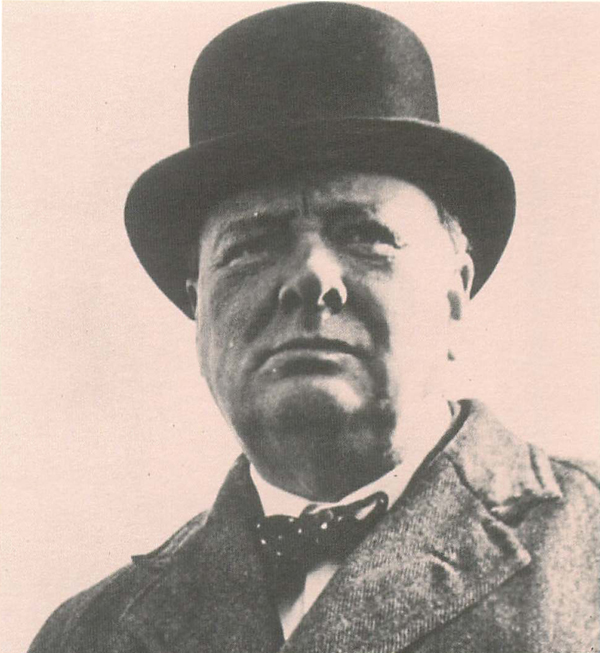
 Winston Churchill
Winston Churchill
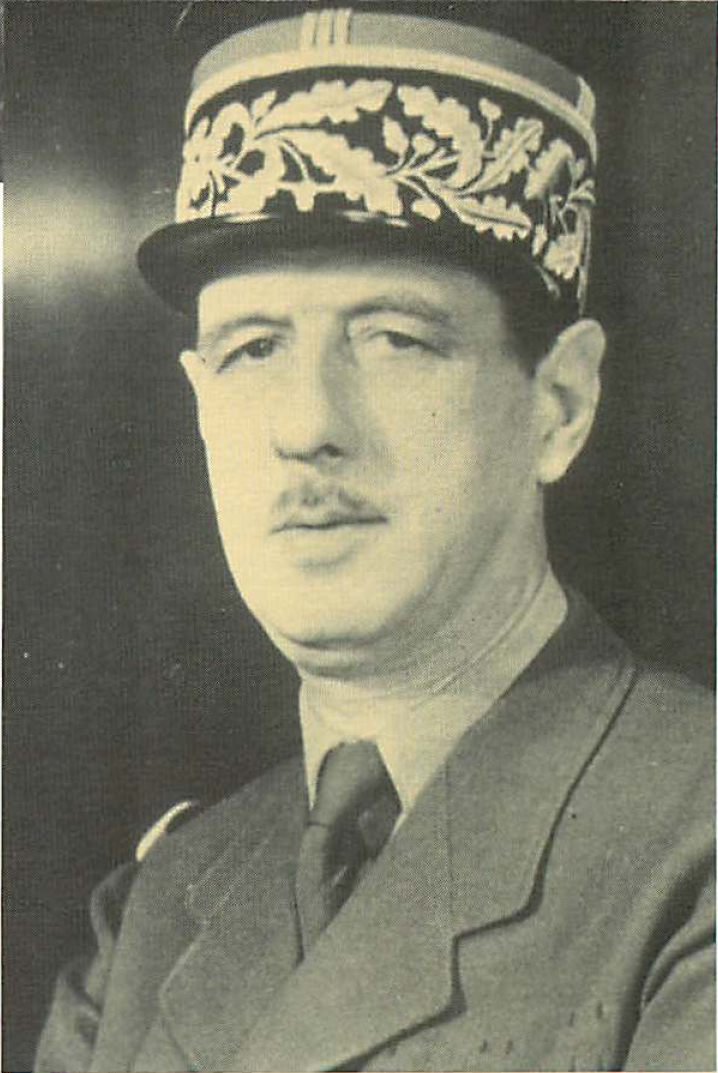
 Charles de Gaulle
Charles de Gaulle
The war encompassed the feats of extraordinary heroes and the worst villains imaginable, with thrilling triumphs and heartrending tragedies. From D-Day to V-E Day covers the final battles that led to the end of the war in Europe.
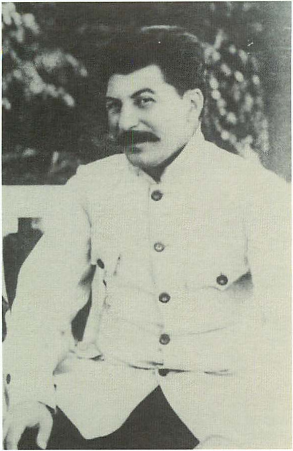
 Josef Stalin
Josef Stalin
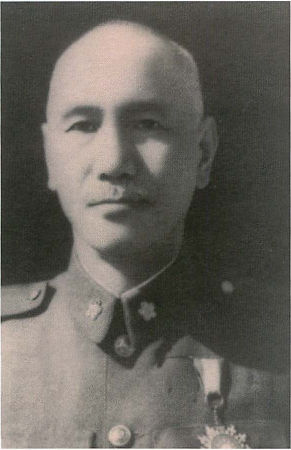
 Chiang Kai-shek
Chiang Kai-shek
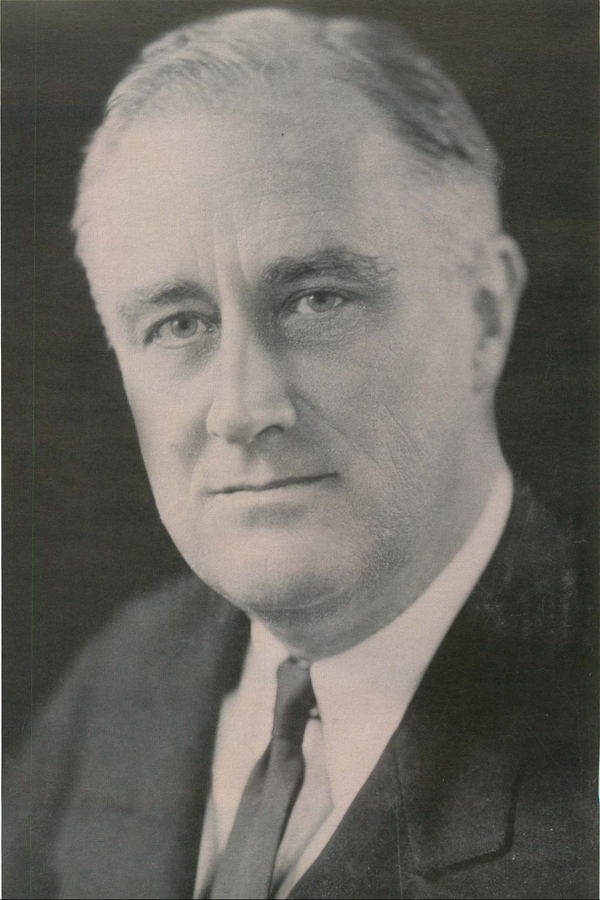
 Franklin Delano Roosevelt
Franklin Delano Roosevelt

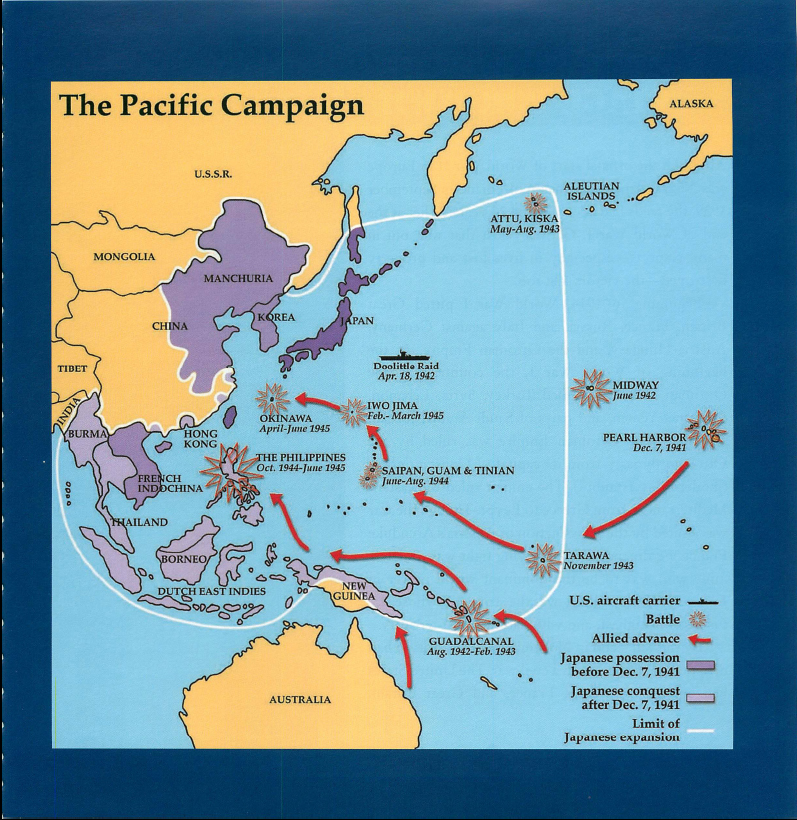
THE WAR IN THE EAST
On August 13, 1942, Soviet Marshal Josef Stalin drafted a memorandum to British Prime Minister Winston Churchill and President Franklin D. Roosevelt criticizing their decision not to invade Western Europe in 1942.
MEANWHILE IN THE PACIFIC
In August 1942, U.S. Navy and Marine forces battle the Japanese on and around the southwestern Pacific island of Guadalcanal.
In the memo, Stalin emphasized the Allies need to relieve the pressure on the Eastern Front (U.S.S.R.). Stalin pressed his allies to open a second front in Western Europe against Hitler. Responding to the sieges of Leningrad and Stalingrad, the Soviet Union was locked in major battles against the German invaders, whereas the British were fighting a much smaller German army in northern Africa, and the American army had yet to engage the Germans. Stalin would deliver many memos before the second front was finally opened with the American, British, and Canadian invasion of Normandy, France, on June 6, 1944.
The siege of Leningrad lasted about 900 days. Leningrad (now called St. Petersburg) was named after Lenin, the founder of the Soviet Union. The city is located on the Karelian Isthmus between the Gulf of Finland and Lake Ladoga near the southeast border of Finland. The attack on the city began on August 21, 1941, when German troops reached the southern shore of Lake Ladoga, cutting off Leningrad from land contact with the rest of the Soviet Union.

 Ruins from German bombing raids of Stalingrad, 1942.
Ruins from German bombing raids of Stalingrad, 1942.
Hitler ordered that the city and its population of almost three million people be wiped out by bombing, artillery attacks, and starvation. Because Hitler hated Russians and wanted to make an example of the city, even if Leningrad offered to surrender, he would refuse to accept it. During that dreadful winter of 1941-1942, approximately 3,500 to 4,000 Leningrad citizens died of starvation every day.
Next page
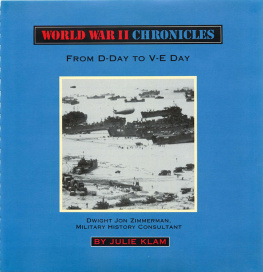
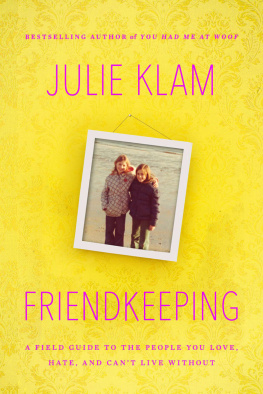



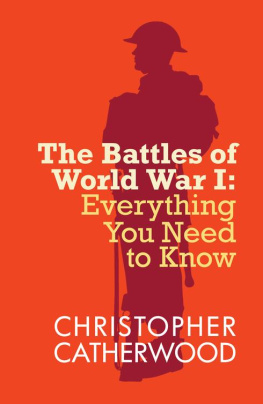
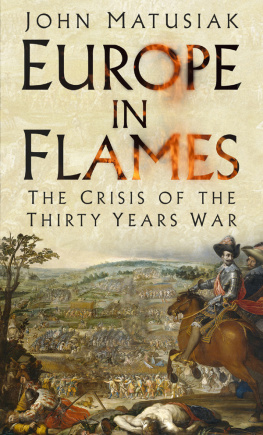
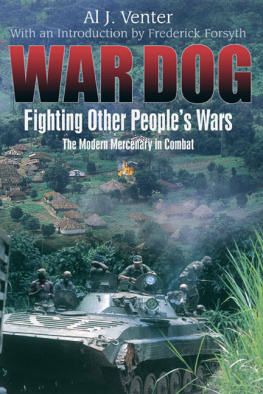
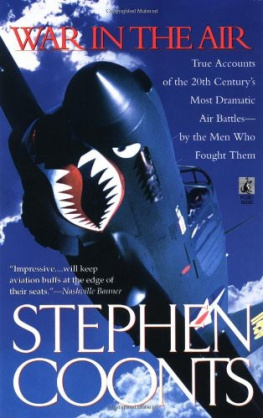





 Benito Mussolini
Benito Mussolini








